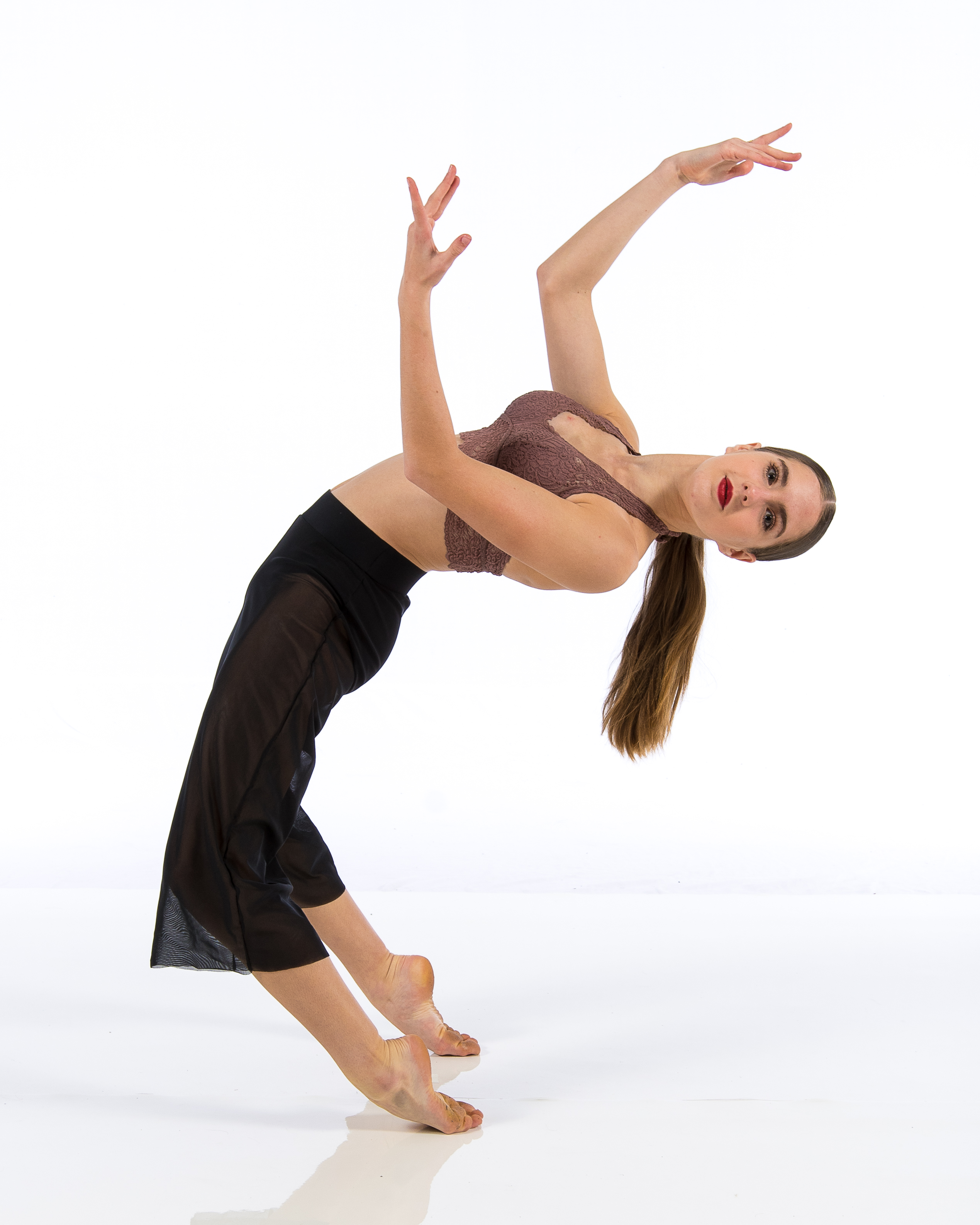Introduction
In a world that often feels chaotic and overwhelming, the quest for wellness has become increasingly prominent. One fascinating avenue that has emerged in this search is the concept of Dance as Medicine: Healing Through Movement in Studio Settings. This approach goes beyond mere physical exercise; it delves into the profound psychological and emotional benefits of dancing. In this article, we will explore how dance studios are transforming lives by using movement as a therapeutic tool, creating spaces where individuals can heal, express themselves, and foster a sense of community.
Dance as Medicine: Healing Through Movement in Studio Settings
Understanding Dance as Medicine
Dance has been an integral part of human culture for centuries, serving various purposes from celebration to storytelling. However, its role as a therapeutic medium is gaining recognition in modern society. But what exactly does "dance as medicine" mean?
Dance as medicine refers to the use of dance movements to promote mental and physical well-being. It incorporates various genres, from ballet to hip-hop, allowing individuals to express themselves creatively while experiencing numerous health benefits.
The Science Behind Dance Therapy
What is Dance Therapy?
Dance therapy combines movement with psychotherapy to facilitate emotional, cognitive, and physical integration. It’s not just about learning choreography; it's about allowing one’s body to communicate feelings that might be difficult to express verbally.
How Does Dance Therapy Work?
The efficacy of dance therapy lies in its ability to engage both body and mind:
- Emotional Release: Dancing allows individuals to release pent-up emotions, reducing stress and anxiety. Physical Benefits: Regular movement improves cardiovascular health and flexibility. Cognitive Engagement: Learning new dance routines can enhance memory and cognitive function.
Research Supporting Dance Therapy
Numerous studies support the health benefits of dance therapy. For instance:
- A study published in The Arts in Psychotherapy found that participants who engaged in dance therapy reported reduced symptoms of depression. Another study showed improvements in body image among individuals participating in dance classes.
The Role of Dance Studios in Healing
Creating Safe Spaces for Expression
Dance studios serve as sanctuaries where individuals can feel safe expressing themselves without judgment. The atmosphere fosters connection and acceptance—two essential elements for healing.
Community Building through Dance
When people come together to move, they create bonds that transcend verbal communication. This sense of community can be incredibly healing for those dealing with loneliness or social anxiety.
Types of Dance Used in Therapeutic Settings
Contemporary Dance
Contemporary dance emphasizes improvisation and personal expression. This form can be particularly beneficial for those wishing to break free from rigid structures.
Ballet
Ballet offers structured movement patterns that promote discipline and grace. It helps improve posture and balance while encouraging self-confidence through mastery over techniques.
Hip-Hop
Hip-hop is an energetic form that connects people through rhythm and beats. It allows individuals to express their identity freely while engaging physically.
Latin Dance
Latin Doty Performance Dance Class styles like salsa or tango encourage partnership work which helps build trust among participants while enhancing social skills.
Benefits of Engaging with Dance Studios
Physical Health Improvements
Dancing is an excellent cardiovascular workout! It boosts heart health, improves lung capacity, increases strength, flexibility, posture, coordination—and let’s not forget it’s fun!
| Benefit | Description | |---------------------|---------------------------------------------| | Cardiovascular Health| Enhances heart function | | Flexibility | Improves range of motion | | Strength | Builds core muscles |
Mental Health Enhancements
The joy derived from dancing also plays a crucial role in improving mental well-being:
- Stress Reduction: Engaging rhythms help lower cortisol levels. Mood Enhancement: Physical activity releases endorphins—nature’s mood lifters!
Integrating Mindfulness into Dance Practice
What is Mindful Dancing?
Mindful dancing Dance information involves being fully present during the movement experience—focusing on sensations within the body rather than external distractions.
How Can Mindfulness Enhance Healing?
By incorporating mindfulness practices into dance sessions:
- Participants become more aware of their bodies. They learn to listen intuitively to their emotional needs.
Personal Stories: Transformational Journeys through Dance
Many have experienced significant transformations through engaging with dance studios:
Sarah's Journey: Overcoming PTSD through expressive contemporary dance. Mark's Experience: Finding community support via hip-hop classes after isolation due to illness. Elaine's Story: Regaining mobility after surgery through ballet rehabilitation programs.The Importance of Qualified Instructors
Engaging with qualified instructors ensures safety during movements while providing tailored guidance based on individual needs—be it emotional or physical challenges faced by participants!
Challenges Faced by Individuals Seeking Healing through Movement
While many reap benefits from dance therapy sessions at studios:

- Financial constraints may limit access. Some may struggle initially due to self-consciousness or fear about their abilities.
FAQs About Dance as Medicine: Healing Through Movement
What types of issues can dance therapy address?- From anxiety and depression to physical rehabilitation needs—dance therapy can assist across various challenges!
- Not at all! Many studios welcome beginners eager for healing through movement regardless of skill level.
- Regular engagement (2–3 times per week) typically yields positive outcomes!
- As with any physical activity—injuries could occur; hence proper warm-ups are essential alongside professional guidance during sessions!
- Comfortable clothing that allows freedom of movement works best; think leggings or loose-fitting tops paired with supportive footwear!
- Absolutely! Many studios offer specialized programs designed specifically for young learners focusing on creative expression combined with fun!
Conclusion
In closing, the concept encompassed by Dance as Medicine: Healing Through Movement in Studio Settings shines brightly against today's backdrop filled with challenges related both physically & emotionally experienced by many individuals worldwide today! By exploring how these studio environments foster creativity while promoting holistic wellness—we uncover pathways toward healing long sought after but often overlooked amidst life’s chaos surrounding us constantly! So why not lace up those dancing shoes & step into transformation today?